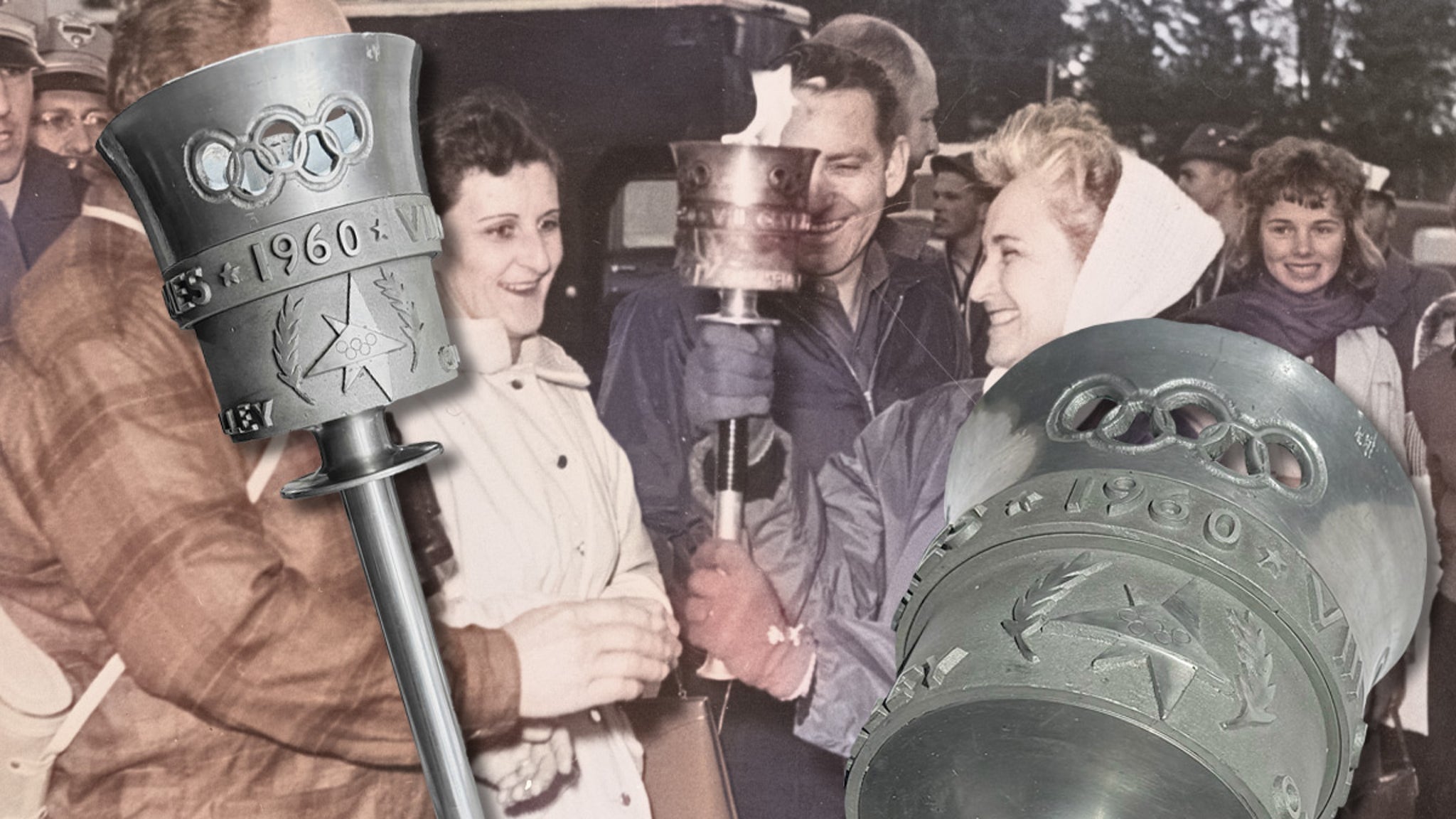Culture
Piñatas That Provide Awe Instead of Candy


The piñata, because it’s made out of humble paper and designed to be obliterated, is not always thought of as art. The Los Angeles-based artist Roberto Benavidez has worked to change that.
“It is just this innocuous kids’ party game to many,” Benavidez said. “The piñata is so much more.”
Benavidez has transformed the traditional piñata into something much more elaborate, emulating birds and mythical creatures straight out of medieval artworks and texts. Inside his studio, there lives a menagerie of creations: A silver giraffe stands watch over a half-dozen exuberantly colored birds hanging from the ceiling. At his desk, Benavidez was busy working on a new addition to the flock: a blue Kingfisher.
Each piñata begins the same way: Benavidez wraps papier-mâché strips of printer paper around two small balloons, one for the body, the other for the head. After he gently covers them in strips of glue-soaked paper, they rest and dry. The balloons are later taped onto Bristol board, a type of cardboard that functions as a skeleton, before another layer of papier-mâché forms a streamlined body. Wings, a tail and a beak are made from the leftover board and taped onto the body. Benavidez uses floral wire to support the beak before repeating the entire papier-mâché process. It is painstaking work.
It has been 15 years since Benavidez traded bronze for paper. He moved to Los Angeles at 28 and took a corporate job, but also chased a passion for sculpture, taking evening classes where he specialized in bronze casting. Continuing with bronze was too expensive; while searching for alternatives Benavidez found a “make-your-own-piñata” website. He has since made hundreds of piñatas, many inspired by birds and interpretations of fantastical animals that he loved as a child while growing up in Beeville, Texas.
“The piñata can be as sculptural as you want,” he said. “It was also liberating because it was paper, so I knew I’d never be priced out of my art. I used to say the reason I started with the piñata was to find a more accessible medium, but the reason I have stayed is because I’ve discovered the richness of its history.”
Before becoming a party-store staple, piñatas began as clay pots, and existed in some form across cultures for hundreds of years. Piñatas may have originated in ancient China as a New Year tradition, and were also used to commemorate Lent in Italy, Maria Camba, a doctoral student who has researched piñatas, said in a previous interview. Spanish missionaries used them in Mexico, where their similarity to an existing Mesoamerican practice proved useful in Christian conversion. They used a seven-pointed-star piñata to represent the deadly sins, with a blindfold representing faith and the treats hidden inside the reward for that faith.
“The piñata today is a sort of mash up of these cultures,” Benavidez said. “I feel a connection, being a mix of Mexican and European descent. Also, as a gay person who was raised Catholic, means the religious aspect of its history, this idea of sin, also appeals to me.”
It confounds him that piñatas have become his craft because he didn’t spend much time playing with them growing up. His family couldn’t often afford them and they made him anxious. “I was afraid of getting hit, afraid of not getting candy; there was a fear of being trampled,” he said.
Benavidez references identity, sexuality and religion in his work. A Pesquet’s parrot, with patches of red plumage, is one example: He made this bird a gynandromorph, an organism that’s genetically both male and female.
Benavidez’s piñatas possess an intricacy that he attributes to the paper “fringes.” “This is where the magic happens,” he said.
For the Pesquet’s parrot, Benavidez layered pieces of red metallic and matte crepe paper over one another and cut serrated edges. He then pasted them onto the papier-mâché body.
On the ceiling hung a tailed creature eating a piece of candy, speaking to Benavidez’s imagination and patience. The fringe, featuring hues of blue and orange and flecks of silver, created texture and depth. The creation is part of a series inspired by the Luttrell Psalter, an ornately decorated manuscript that depicts life in rural 14th-century England and features hybrid animals in the margins.
In September, Benavidez is putting on his first international exhibition, in Venice, a significant moment because much of the art world has been slow to recognize his work and appreciate the piñata. “I think an element, especially in the U.S., is this attitude around Mexican culture, that it is cheap, it’s paper, so it isn’t art,” he said.
But he has noticed a gradual shift. While he sells the bulk of his work to private collectors, museums in Colorado and New Mexico have also acquired pieces.
As Benavidez made progress on his piñatas, one question remained: Was anything inside? He confirmed there was something in each.
But he would not reveal what was in them. It’s just another element of the piñata that he has grown to love, he said: “What other art form makes you wonder what is inside it?”























